Why you can trust TechRadar
Windows RT supports one and only one browser, Internet Explorer. It's accessible from the start screen in the "Metro" version of the tabbed interface we've all grown to love. It's been optimized for touchscreens, using touch-friendly large icons, pinches to zoom and swipes from the top or bottom to reveal the address bar and your current tabs.
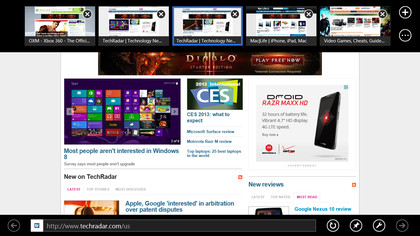
Touching the start bar brings up a list of your favorite and most frequently visited sites.
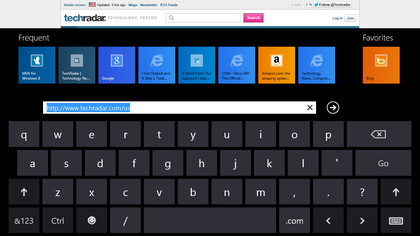
Keeping all these extraneous bits hidden maximizes screen real estate and makes for a very attractive browser.
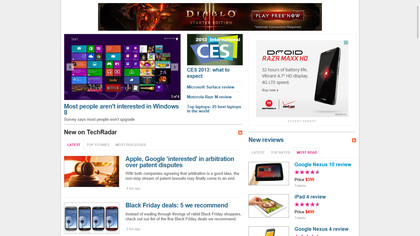
As is the norm with tablets, the browser can run in portrait mode. Just turn the Windows RT device over in your hand, and the browser rearranges itself rather neatly. It does it at a moderate speed, not too impressive but not sluggish either. It does do an admirable job of formatting everything for maximum legibility, though.
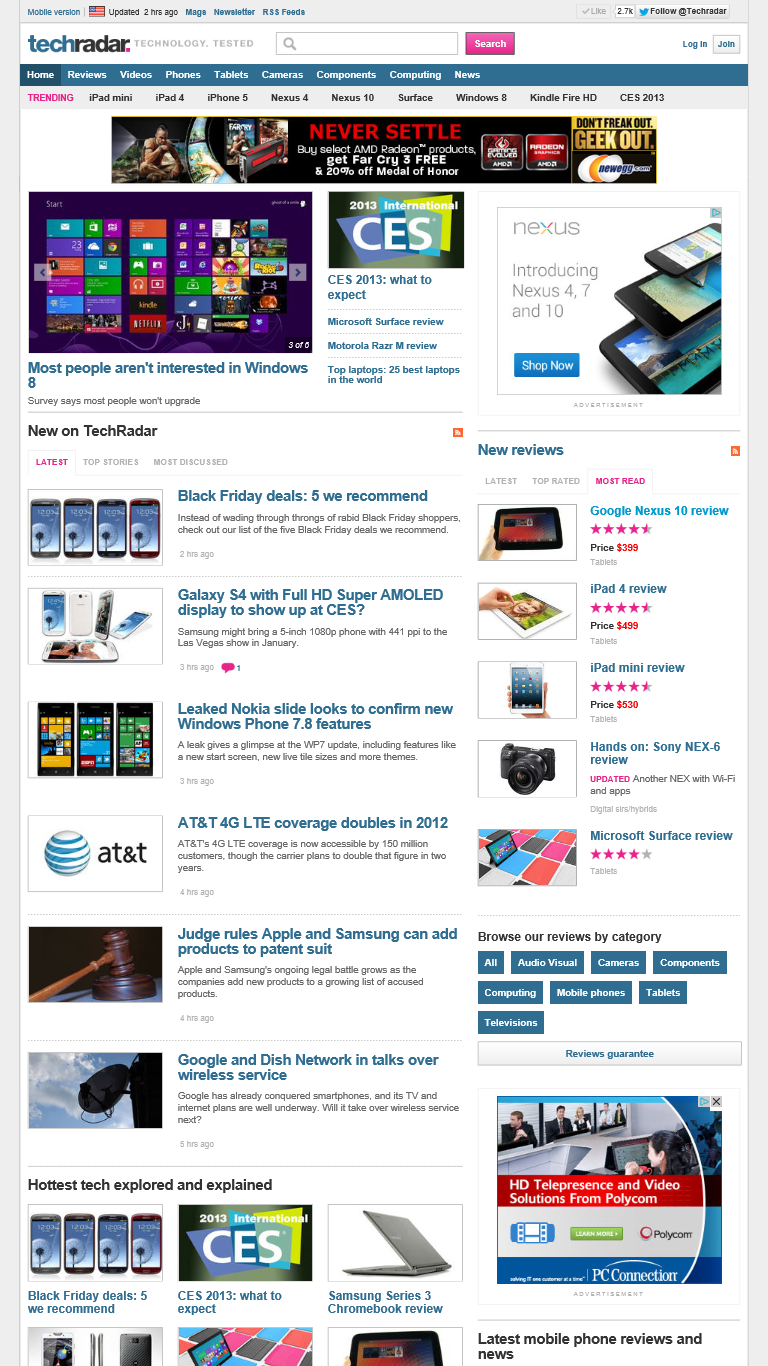
While zooming in and out like you would on an iOS 6 or Android browser helps for clicking, a handful of websites have adopted a tiled, Windows 8-style layout. Most notably there's MSN.com, which now sports a "designed for Windows 8" moniker. The big icons and scrollable graphics are perfect for a touch interface.
However, not every site cooperates so well with Windows RT and 8. Facebook in particular causes trouble, most especially the feed. Attempting to zoom and Like a comment can make for some very messy resizing.
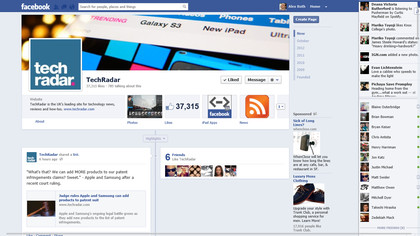
Facebook chatting is basically impossible with the on-screen keyboard, since it tends to pop up and cover the chat windows. Luckily, RT's Messaging applications can be linked with your Facebook account and does a great job of filling the gap.
Sign up to the TechRadar Pro newsletter to get all the top news, opinion, features and guidance your business needs to succeed!
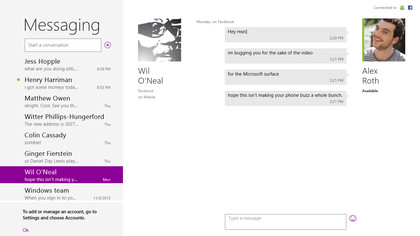
Since you can see which of your Facebook friends is online, it makes a fine hold over until Zuckerberg and friends develop an official app for Windows RT.
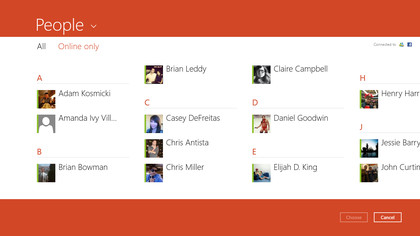
As we mentioned earlier, Internet Explorer on Windows RT is something of a two-headed beast, because there's also a traditional Windows 7-style version that launches from the desktop.
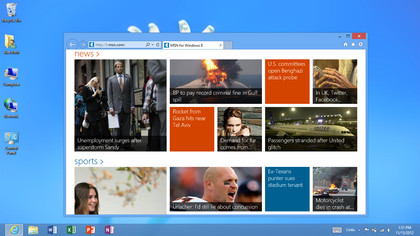
It has the same pinch and zoom controls, but other than that, you'll definitely want a mouse. It has the traditional windows buttons for closing and minimizing, but their small sizes make them a pain to hit with a finger.
Lastly, there's minimal flash support on Windows RT. Only a handful of sites "approved" by Microsoft are allowed to run flash on the company's mobile OS. This is more than iOS 6 and Android 4.1: Jelly Bean, which don't support Flash at all, but the list of approved sites is so short, you can basically consider Flash nonexistent on mobile.
At the end of the day, the Windows RT browsing experience is adequate in most places, with one or two strokes of genius. The best bits have to do with the design and interface. Keeping the address bar and favorites a swipe away makes for a beautiful and convenient browser. However, there are still some kinks to be ironed out, bumps in the road you'll notice when pages fail to load and require a second attempt.
It's a pity that Facebook, undoubtedly one of the most popular sites in the world, is so poorly optimized. This wouldn't even be an issue if there was an official Facebook app, but the Messaging center just can't replicate the collective stream of consciousness that is the Facebook Feed.
All in all, it feels like a smartphone browser that benefits from running on a big, attractive touchscreen.